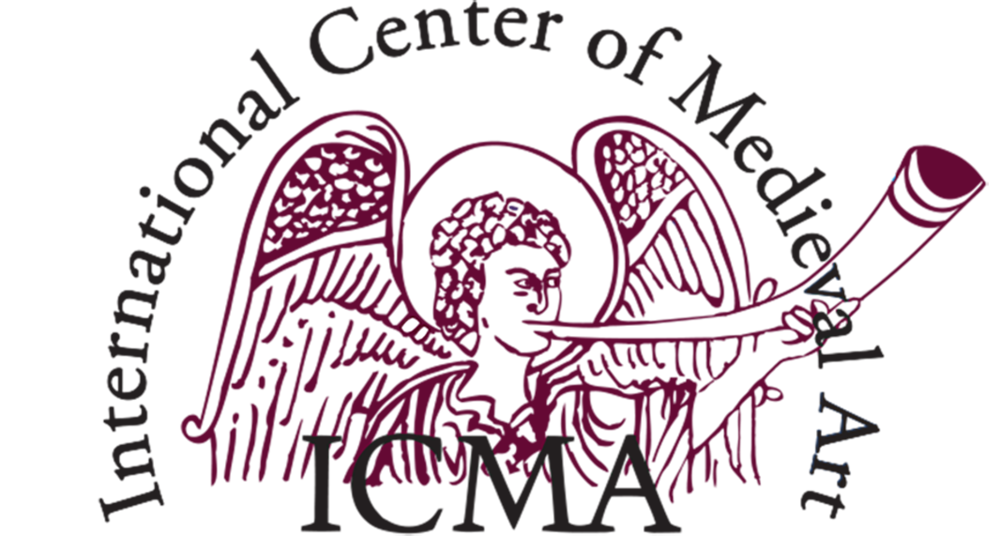Session to be held at the 51st International Congress on Medieval Studies in Kalamazoo, Michigan, 12-15 May 2016
Since its publication in 1957, Ernst Kantorowicz’s The King’s Two Bodies has achieved canonical status in the field of medieval history. This sweeping account of medieval political theology describes how the king came to be perceived as a gemina persona, possessing both a “body natural” (material and mortal) and a “body politic” (immaterial and immortal). While art historians frequently cite the book in their analyses of medieval iconography, many scholars have criticized Kantorowicz’s study for a variety of perceived faults, in particular for being reductive or anachronistic, as epitomized by its application of an early modern (Tudor) political theory to earlier centuries. One of the best-known and most pointed critiques came early on from R. W. Southern, who accused it of “put[ting] the symbol before the reality.”
This session invites papers that critically engage with Kantorowicz’s paradigm of the king’s two bodies in order to reassess its benefits and/or limitations as a means of interpreting medieval texts and images. The organizers conceive of this panel as an opportunity to interrogate Kantorowicz’s methods and conclusions, to examine the utility of the “two bodies” as a hermeneutic paradigm, and to consider the implications of this provocative book for twenty-first-century scholarship.
While all of the selected papers will address articulations of secular power, a variety of approaches is possible. Questions and issues might include: regional specificities in the expression of power; the differentiation in the perception of power as embodied by female versus male rulers; the conspicuous presence or conspicuous absence of sacred references in courtly texts/images/objects; the formation of royal identity and the legitimization of new or contested rulers; religious language, symbolism, or imagery in diplomatics; the pragmatic and/or legal function of images of power; shifts in imagery and meaning across time; the role of likeness and naturalism (or, conversely, of abstraction) in identity formation; etc. Submissions from historians and art historians are encouraged.
Deadline for abstracts: 15 Sept. 2015
Proposals should include the following:
1) A one-page abstract
2) A completed Participant Information Form (PIF)
http://wmich.edu/medieval/congress/submissions/index.html#PIF
3) A CV with email, mailing address and phone number.
Please forward proposals to the organizers:
Melanie Hanan, Fordham University, mhanan@fordham.edu
AND
Shannon L. Wearing, Institute of Fine Arts, New York University, slwearing@gmail.com
